What To Say When You Re Firing Someone

The termination meeting. It's a scenario dreaded by both managers and employees alike, a moment fraught with emotion and potential legal ramifications. Navigating this delicate conversation requires careful planning, empathy, and a clear understanding of employment law.
This article delves into the crucial elements of communicating a termination decision effectively and legally. It emphasizes the importance of preparation, clarity, and respect when delivering difficult news. Legal experts and HR professionals weigh in on best practices, providing guidance on minimizing emotional distress and potential legal challenges.
Preparation is Paramount
Before the meeting even begins, meticulous preparation is crucial. Ensure all necessary paperwork is in order, including the termination letter, final pay information, and any relevant benefit information. Confirm that the termination aligns with company policy and employment laws.
Consult with HR and legal counsel to review the termination decision and the intended communication strategy. This step is vital to mitigate the risk of wrongful termination claims. Document everything thoroughly.
The Importance of Clarity and Directness
Begin the conversation by immediately stating the purpose of the meeting. Avoid ambiguity or beating around the bush; this only prolongs the anxiety and discomfort for the employee. A direct, yet compassionate, approach is essential.
Use clear and concise language. For instance, "We have made the difficult decision to eliminate your position, and today is your last day of employment with the company." Avoid vague phrases or euphemisms, as they can be misinterpreted.
Focus on the Business Decision
Frame the termination as a business decision, rather than a personal reflection of the employee's performance. Where applicable, explain the rationale behind the decision, such as restructuring, downsizing, or a change in business strategy. Refer to objective data to illustrate the context.
Avoid getting drawn into a debate about the decision itself. If the decision has been made, reiterate the business reasons and move on. Prepare for emotional reactions, but maintain a professional demeanor.
The Art of Empathetic Delivery
While clarity and directness are vital, empathy is equally important. Acknowledge the difficulty of the news and allow the employee time to process the information. Show respect for their contributions, even if the performance was lacking.
Offer support and resources to help the employee transition to their next opportunity. This may include outplacement services, resume writing assistance, or career counseling. Providing this support demonstrates goodwill and helps mitigate negative feelings.
"It's important to remember that this is a human being on the receiving end of this news," says Dr. Anya Sharma, a leading HR consultant. "Treating them with dignity and respect, even in this difficult situation, can make a significant difference."
Avoiding Common Pitfalls
Never terminate an employee via email or phone, unless absolutely unavoidable. In-person meetings, while difficult, demonstrate respect and allow for immediate clarification of any questions.
Avoid making promises you can't keep. Don't offer false hope about future employment or exaggerate the benefits package. Maintain honesty and transparency throughout the conversation.
Refrain from engaging in personal attacks or assigning blame. The focus should remain on the business decision and the transition process. Maintaining professionalism protects both the company and the individual.
Legal Considerations
Ensure compliance with all relevant employment laws and regulations. This includes providing final paychecks, accrued vacation time, and information about COBRA and unemployment benefits. Consult with legal counsel to ensure adherence to all applicable laws.
Document the termination meeting thoroughly, including the date, time, attendees, and key points discussed. This documentation can be invaluable in the event of a legal challenge. Keep records secure and accessible.
It's also crucial to be aware of potential discrimination claims. Ensure that the termination decision is based on legitimate, non-discriminatory factors. Review employee demographics to identify any potential disparities.
Moving Forward: Best Practices for Termination Meetings
Termination meetings are never easy, but careful preparation and empathetic delivery can minimize the emotional impact and legal risks. By focusing on clarity, respect, and compliance, organizations can navigate these challenging situations with greater confidence. The Society for Human Resource Management (SHRM) offers extensive resources and training on conducting effective termination meetings.
Ultimately, the goal is to handle the termination with dignity and professionalism. This approach protects the employee, safeguards the company's reputation, and fosters a more positive workplace culture. Remember, how you handle a termination reflects on your organization's values and leadership.


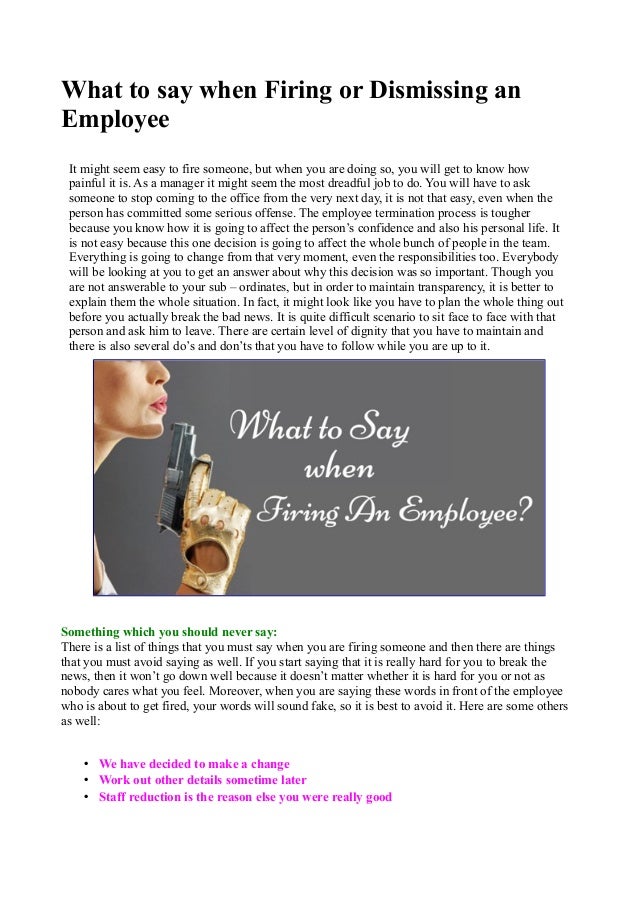
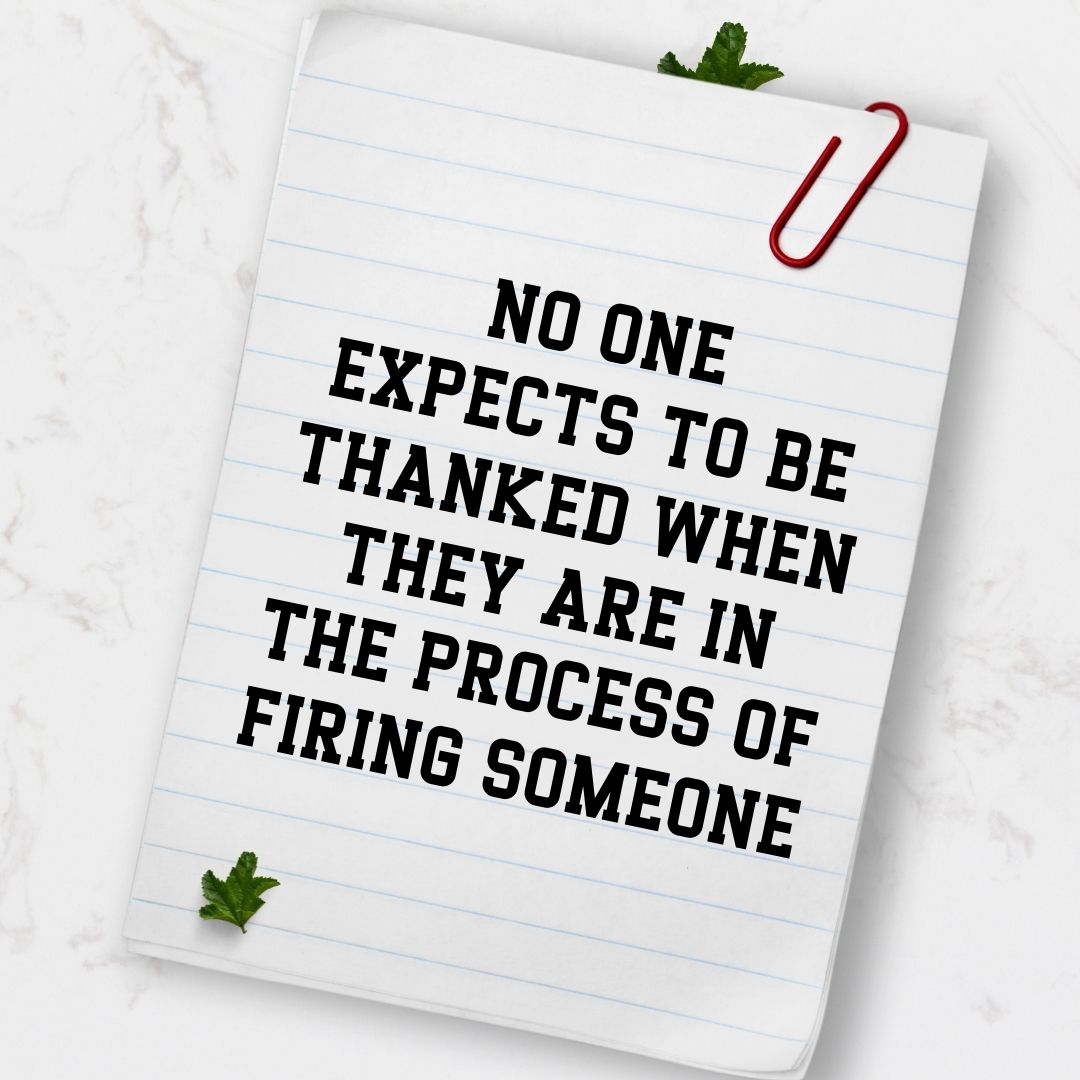





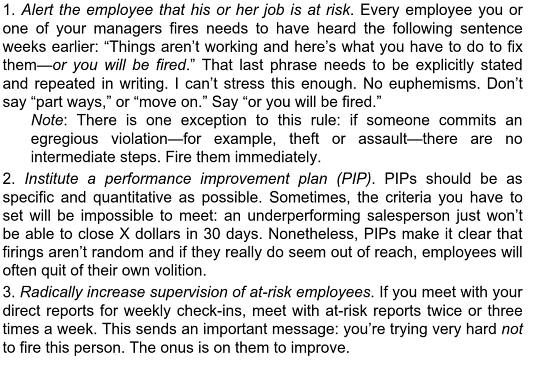

.jpg)
